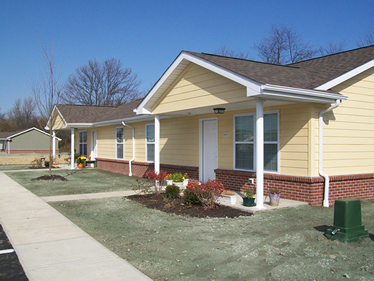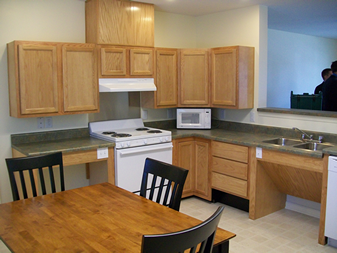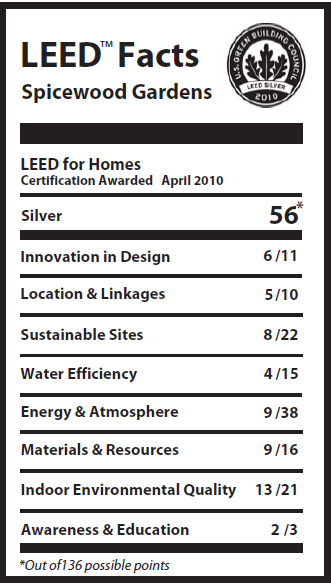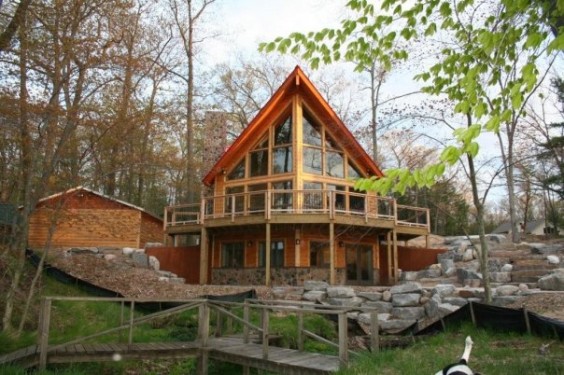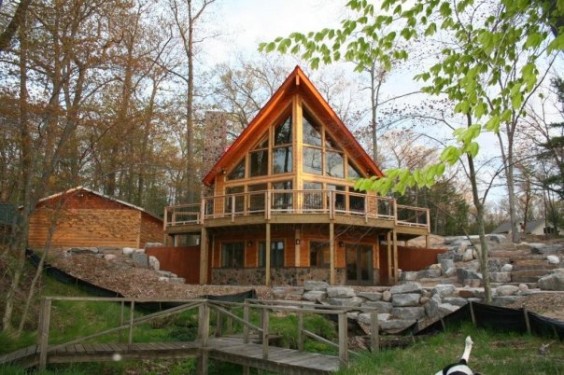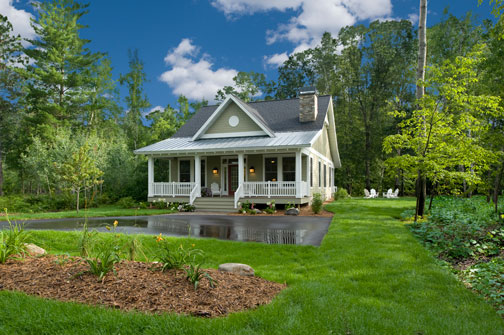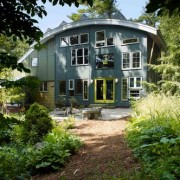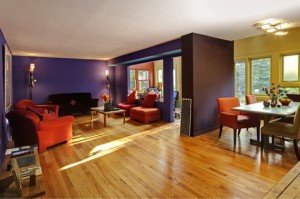LEED for Homes project teams that sign up for USGBC’s Building Performance Partnership (BPP) are now eligible to earn an optional point in Innovation and Design (ID) point for Utility Tracking, which will be done via EarthAid.net.

For the residential market, providing performance data for energy and water usage after occupancy is not required as in other versions of LEED rating systems. Instead, this new ID point will be awarded if homeowners voluntarily enroll in the BPP program. Ideally, this will eventually allow USGBC at the aggregate level to collect and analyze data to see how LEED homes actually perform post-occupancy.
Why would homeowner’s care? Well the partner USGBC is using for this event is Earth Aid, which actually gives consumers credit for saving on their energy costs as compared to other homes in their area. The more energy saved, the more points are accumulated that can be used at retailers and local vendors. Best of all, this service is free.
LEED for Homes project homeowners can sign up with Earth Aid here:
*Note – LEED projects must use that full URL as it is unique to LEED for Homes (you’ll see the LEED for Homes logo appear in the upper-left here, and after login, when you as the Rater are verifying this credit).
Here is the official ID language:
Approved ID Request: Utility Tracking
Maximum Points: 1
Intent
To provide advanced monitoring and reconciliation of energy and water use at the whole building and end use levels. To provide for the ongoing accountability of building utility consumption over time.
Requirements
Prerequisites
None.
Credits
The homeowner must enroll in the USGBC Building Performance Partnership (BPP) for all applicable metered utility accounts, prior to submitting for LEED Certification.
Verification and Submittals
Supporting Verification made available by the Project Team:
- Present a screen shot of the log-in screen to verify the enrollment of each utility account in USGBC’s Building Performance Partnership.
Verification Team:
- Visually verify that the project successfully enrolled each applicable utility (ie, water, gas, electricity) in BPP.

